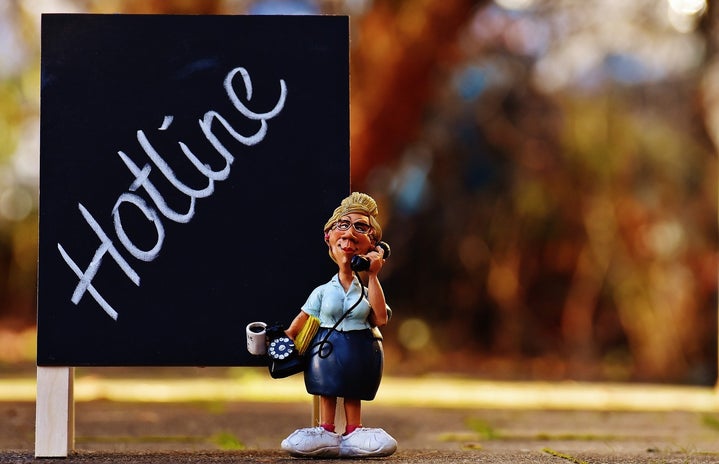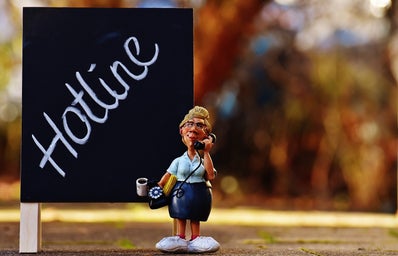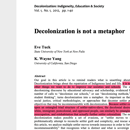I want to share my story about what it’s like to live with bulimia nervosa from beginning to end in hopes that my experiences will help anyone who currently is struggling, or has ever struggled with any eating disorders.
Bulimia nervosa is an eating disorder characterized by episodic binge eating followed by purging. While people with bulimia are most widely down to purge through vomiting, this is not the only method of purging. My purge was excessive exercise.
I starting developing bulimic tendencies when I was ten years old, but I’ve had negative body image issues since I was five or six years old. I am unsure why my eating disorder began or why I kept trying to make myself “perfect”. Perhaps it was a result of being made fun when I was younger because I was chubby, or because I wanted to fit into an unrealistic standard, but all I knew at the time was that losing weight was the only way that I could be beautiful.
When I was twelve my parents took me to the doctor because they were worried about my eating and exercise habits, but because bulimia is hard to recognize in its early stages I left the hospital undiagnosed. That moment only helped in reassuring me that everything that I was doing was okay. At first, my weight loss was not quick but by the time that I was thirteen, it was drastic.
I tried getting healthier, but the summer before high school marked the point when I became fully engaged in my bulimia. That summer, my daily routine would go as follows on days with no binge eating: I would weigh myself immediately after waking up, then I would eat bread with peanut butter to increase my digestion, and exercise for an hour and a half afterward. I weighed myself before lunch and then I would eat a variety of things that were below three hundred calories, including one ounce of chicken cut in cubes and broccoli and exercise for about two hours and weigh myself another time. For dinner, if I had exercised for longer than usual I would reward myself with an unsweetened Jell-O cup and then workout for another hour and weigh myself again. Binge eating days were much different, however. Not only would I weigh myself up to eight times a day but on those days, I would not eat anything throughout the day (with the exception of an unsweetened Jell-O cup) until my mom restocked the fridge for the week. After hours of contemplating whether or not to eat, I would go to the kitchen past midnight, grab anything that looked good, and take it to my room. In my room, I would devour everything, and then proceed to exercise in my room for up to three hours.
Every day, I would count my calories and make sure that my exercise would burn all if not more calories than my consumption. I would weigh myself an average of four times a day and if there was any fluctuation in my weight, I would just exercise more. People were worried because of how fast I was losing weight and how much my personality had changed but I refused to get any help. I convinced myself, my parents, my doctors, and my friends that what I was doing was healthy. I would lie to everyone about what I had eaten on a regular day and decrease the hours of exercise so that when I told anyone, it would just seem like a healthy routine. During this time, I was a different person. My eating disorder had completely taken control of my life; I was so attached to my figure that I was afraid I would become unattractive if I stopped my lifestyle.
For a year and a half, I spent every day counting calories by the single digits and refusing to indulge in any of my favorite foods. It took professional treatment and the help of friends and family to lessen my symptoms, but it took my own acknowledgment of my disorder to help me get better. It wasn’t until after being diagnosed that I understood I had a disorder and it was worse than I had ever thought. That day, a day I will never forget, I woke up and immediately went to weigh myself, as usual.
There I stood motionless, afraid and anxious to see the number flash on the scale. After about thirty seconds, it read 98 in bold blue letters. 98. 98. 98. 98! “My goal”, I thought to myself. I was excited and I was smiling. I was so happy, in fact, that I went to look at myself in the mirror. There I stood with every bone in my torso and back poking out my skin, thinning hair, pallid skin, extremely defined cheekbones and huge dark circles under my eyes. Something that had started out as harmless, had turned me into someone completely unrecognizable. I collapsed onto the floor. I realized I had stopped being myself the day I decided to define myself by my looks.
Now, I have both good days and bad days but I have learned to love every part of my body. I now know that I never have to fit into a prescribed figure because I am beautiful no matter what. If you are or have ever had a similar experience to mine, know that you are strong, beautiful and most importantly, you are not your eating disorder.


